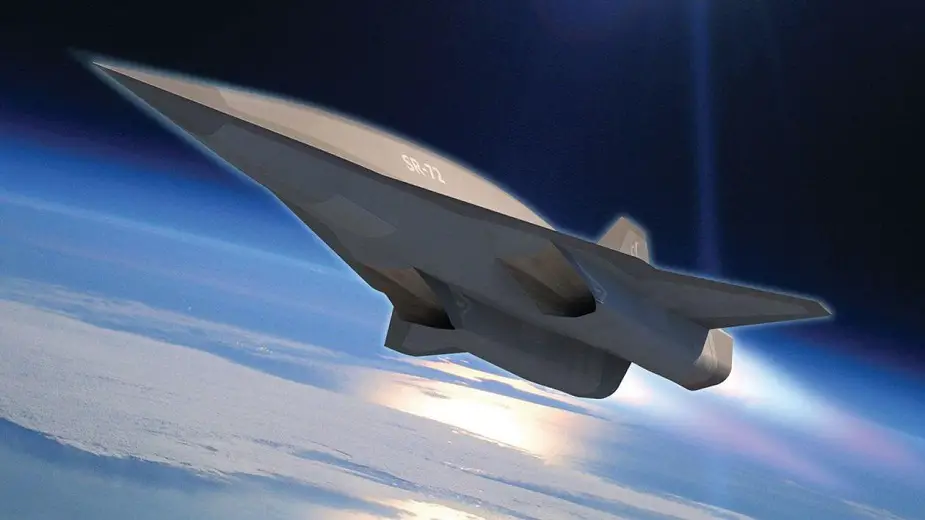Russia designs EW against hypersonic aircraft
Russia is designing electronic warfare (EW) against hypersonic aircraft. It will jam their sights at the final flight section to prevent a precision strike with optical, radar and satellite homing warheads. Experts said the EW would deny hypersonic aircraft a chance to hit targets even if they break through the air and missile defense, the Izvestia daily writes.
 The Lockheed Martin SR-72 is an American hypersonic UAV concept intended for intelligence, surveillance and reconnaissance (Picture source: Lockheed Martin)
The Lockheed Martin SR-72 is an American hypersonic UAV concept intended for intelligence, surveillance and reconnaissance (Picture source: Lockheed Martin)
Defense industry sources said the design of the new EW had begun. It has to repel strikes and jam existing and prospective hypersonic weapons. It will defend important military and civilian facilities, such as command posts, strategic nuclear missile launchers, plants, airfields and transportation hubs.
Modern missiles specify target location at the final flight section. It is their weak point, expert Dmitry Kornev said. “There are several ways to guide missiles. Optical and electronic homing warheads are often used. They specify target location with optics, infrared and laser devices. The missile switches on the radar in the assigned area to illuminate the target and identify it by the reflected signal. Radio command also exists to guide the warhead by radio communications. Satellite navigation is most widely used. All NATO missiles are armed with homing warheads, as they are a cheap and well-oiled technology,” he said.
Counteraction to the homing warheads has long been invented. Satellite navigation can be confused by jamming in the target area. Modern Russian EW can cope with the task.
The radio guidance is easy to neutralize by jamming the frequency of command signals. Disturbances will deny a hypersonic missile a chance to orient.
Radar-guided warhead can be affected by chaotic radio signals. Angular or window reflectors of foil, metallized paper or fiberglass can be fired before the target in the dangerous direction. They reflect the radio signal before the warhead locks on the target.
Optical-electronic warheads can be disoriented by radio disturbances. There are simpler and cheaper ways as well. Thus, grenade launchers with aerosol can create clouds to hide the target from a missile and strip it of precise guidance.
The new EW has to identify missiles, their guiding method and jam it, Kornev said. “It is an effective and cheap way to fight hypersonic craft. It does not need a big number of radars and air defense weapons and thousands of long-range antimissiles. It is easier to defend important facilities with EW than create a missile defense in the whole country. The new EW will complement the available air defense against hypersonic weapons,” he said.
The already available EW can fight hypersonic weapons. Divnomorye is the most effective. It can jam radar detection in several hundreds of kilometers. It jams radars and onboard electronics of airplanes, helicopters and drones. It is good against radar-guided missiles. If necessary, it can jam reconnaissance satellites and thus strip a missile of guidance.
Krasukha-2 fights AEW aircraft and jams hypersonic radar-guided missiles. Rtut-B jams radio-controlled missiles. It operates automatically in motion, the Izvestia said.
© Copyright 2020 TASS. All rights reserved. This material may not be published, broadcast, rewritten or redistributed.


























